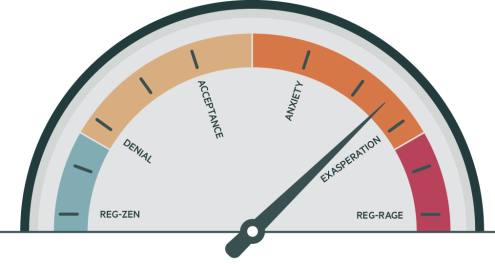One of the chief drawbacks of Basel I was its inability to demand that capital be held by banks commensurate with their underlying risk. The Basel Committee, therefore, initiated work on Basel II with this underlying purpose and attempted to construct rules to this effect.
The endeavour has been partially fulfilled, particularly for banks following the advanced approaches. Basel II, further, has a menu of approaches to credit risk to allow banks to evolve gradually: from a relatively easy-to-implement method like the standardised approach to an advanced internal ratings-based (IRB) approach.






